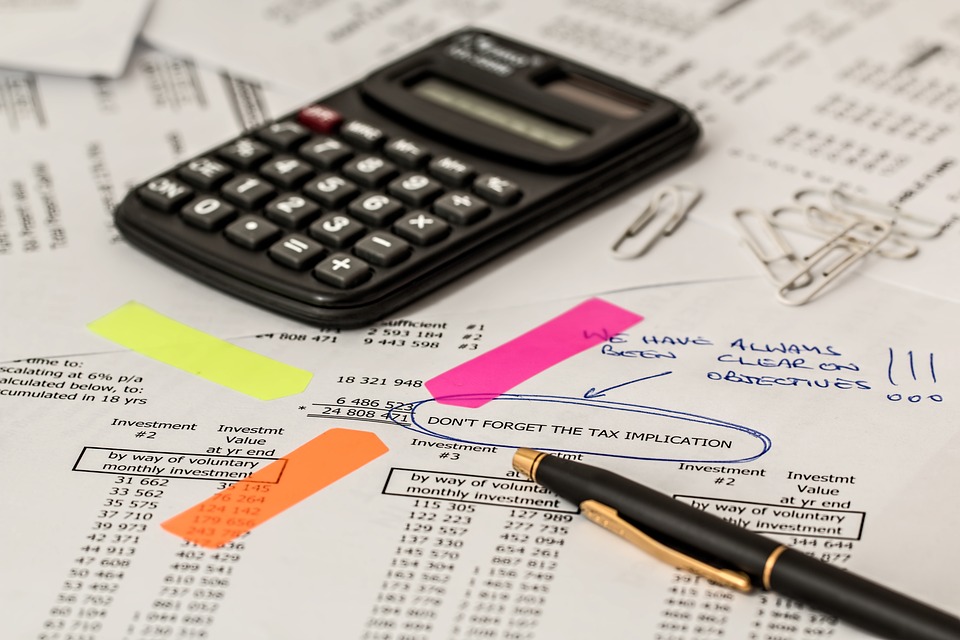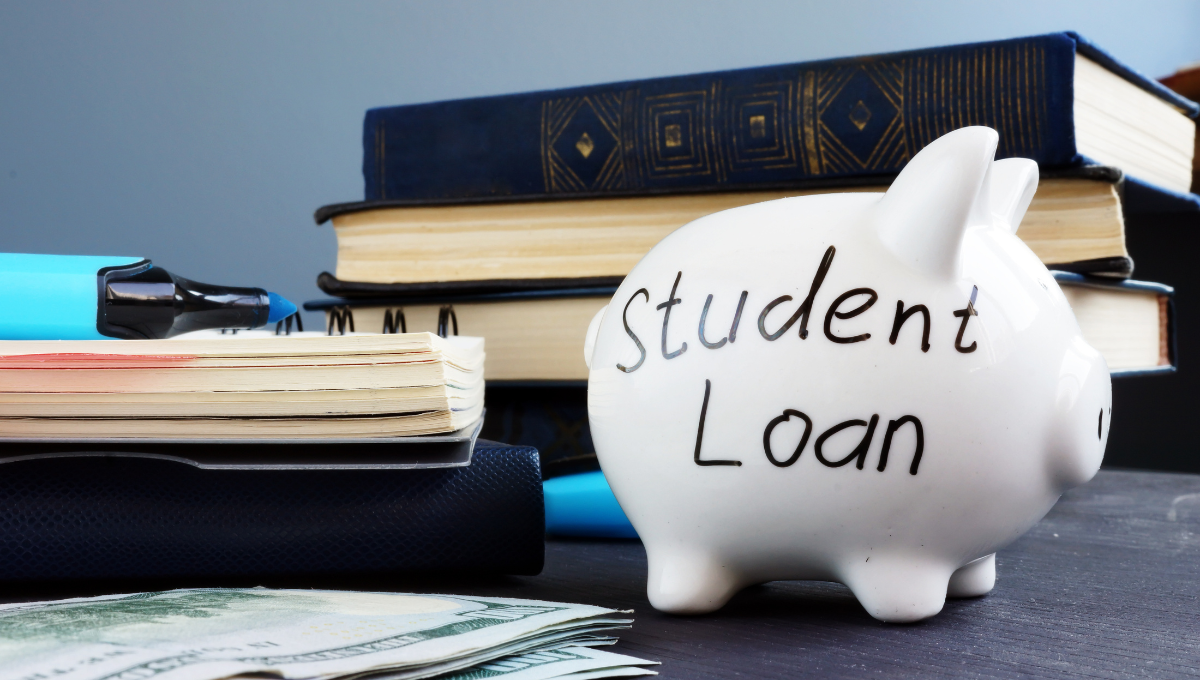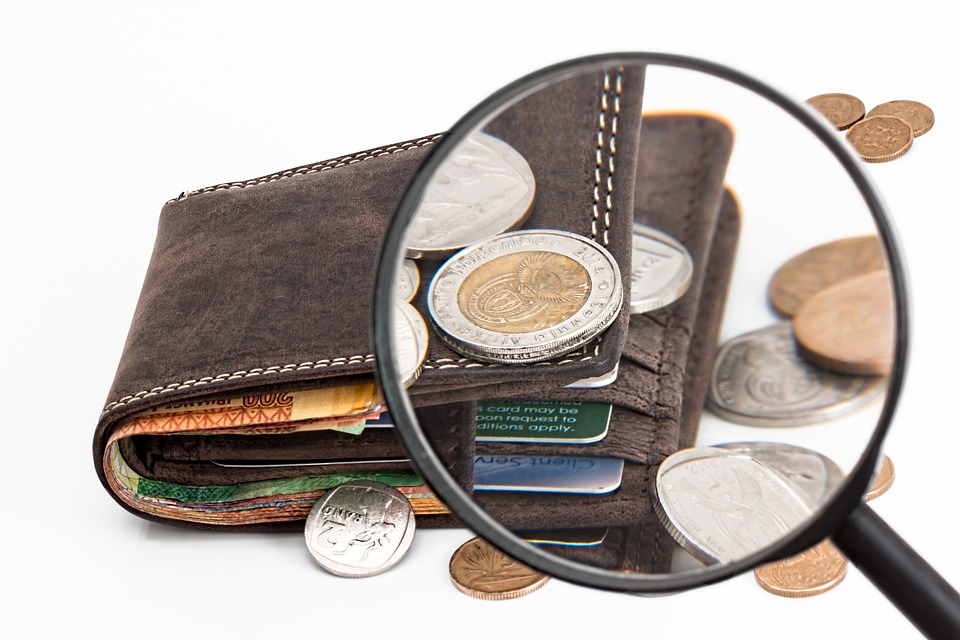
Student Loan Forgiveness: Read Now To Know If You Qualify For Up To $20,000
20 million Americans can expect an unprecedented amount of student loan forgiveness this year. In order to assist working and middle-class federal student loan debtors as pandemic-related relief runs out, President Biden and the U.S. Department of Education have unveiled a plan to forgive up to $20,000 in student loans.
According to a fact sheet statement released on “whitehouse.gov,” both public and private colleges have tripled their costs since 1980. In the past, Pell grants covered nearly 80 percent of the cost of a four-year public college degree for students from working families. Now, Pell grants cover just a third of the cost. Consequently, many low- and middle-income students are forced to borrow to get a degree.
You may be wondering what steps you need to take to qualify for student loan forgiveness. You don’t have to worry, this article will explain the pertinent details.
Plan Summary
With this plan, working families will be able to manage their student loan obligations and address the burden of rising college costs. Many may have their full loan balance forgiven altogether.
- Student Loan Pause Extension
- Providing targeted debt relief to low- and middle-income families
- Make the student loan system more manageable for current and future borrowers
Plan Breakdown:
Student Loan Pause Extension
Since the start of the Pandemic, the government paused student loan payments. The payment halt entails stopping loan collections, stopping interest accrual, and suspending loan payments. As an ongoing effort to support the economy due to economic challenges stemming from the pandemic, the Biden Administration has extended the pause, for the final time, until January 2022. This decision is combined with up to $20,000 in student loan forgiveness to ensure a smooth transition when payment resume.
Providing targeted debt relief to low- and middle-income families
Pell Grant recipients who have loans held by the Department of Education will receive up to $20,000 in debt forgiveness, and non-Pell Grant recipients will receive up to $10,000. In order to be eligible for this relief, a borrower will need to earn less than $250,000 for a household and less than $125,000 for an individual.
With that being said, its important to note there will be a cap on the amount of forgiveness you receive. SO, if you qualify for forgiveness up to $20,000 in debt relief, but a balance of $15,000 remains, will only result in $15,000 relief.
Make the student loan system more manageable for current and future borrowers
According to the Biden-Harris Administration, lower- and middle-income borrowers will significantly reduce their future monthly payments under a new income-driven repayment plan. The plan will limit undergraduate loans from exceeding 5% of borrowers’ discretionary income, protect borrowers who earn below 225% of the federal poverty level-about $15 minimum wage-from having to make a monthly payment, and pay off loan balances after ten years of payments.
Public Service Loan Forgiveness
In the announcement to forgive up to $20,000 in student loans, the Biden administration highlighted the PLSF program as a valuable option for relief. In this program, you may qualify for a cancellation of all student debt if you have worked in public service for 10 years or more. Teachers, firefighters, first responders, nurses, military members, and other public service workers fall into this category.
Bottom Line
As per the U.S. Department of Education, approximately 8 million borrowers based on income information might be eligible for relief. For those who income information is unknown, in the upcoming weeks, the Biden administration will release an application for borrowers to submit their income data. By early October, the application will be accessible to fill out. The borrower might anticipate the student loan relief in four to six weeks after submitting the application. You can register for notification and find more information at studentaid.gov.
Unfortunately, there are millions of borrowers who may not qualify for relief. Below are five tips to manage your student loan debt.
5 Tips to Manage Your Student Loan Debt
Consider Consolidation
By consolidating loans, we can reduce the number of monthly payments to one a month. When you have more than one student loan with more than one servicer or company, consolidating your loans may make it easier to manage them.
Explore Alternative Payment Plans
Each repayment schedule details how much each payment will be made each month, how many years it will take to repay the loan, and the amount of interest charged for the loan in total. See options below.
- A graduated repayment plan increases payments every two years over the course of the loan’s life span of ten years. By accommodating entry-level salaries, this plan allows for low payments early on. In addition, it assumes you’ll be getting raises or moving to better-paying jobs over the long term.
- Extended Payment Using this method, you can stretch out the loan repayment over a longer period, saving you money through a lower monthly payment.
- The Income Based Plan determines payments based on your gross income for up to 25 years at no more than 20% of your income. Any remaining balance on your debt will be waived after 25 years.
Automatic Payments
You will never miss a payment. Your payment will automatically be deducted from your bank account if you opt for auto debit. Not to mention, some student loan servicers offer an interest rate deduction for allowing an auto draft on your bank account.
Defer Payments
You can defer payments on your student loans if you are not yet employed. What’s awesome about deferred payments is you may not be charged interest during the approved deferment period if you have a federal student loan.
Make Extra Payments
Making an extra payment whenever possible is another common debt payoff strategy. Over the course of a loan’s life, reducing the principal will save you money in terms of interest. A lower principal equals a lower interest payment, since interest is calculated based on principal.




















